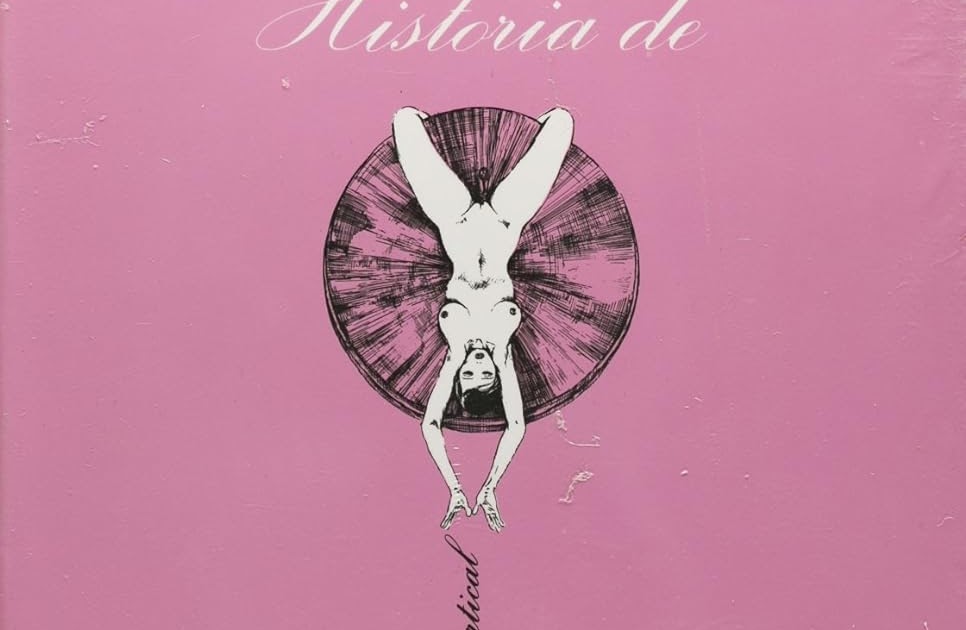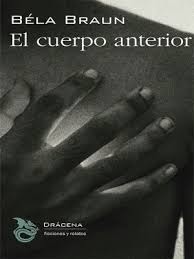
Original title: history of O
Idioma original: French
Year of publication: 1954 (revised in 1977)
Translation: Angel Lopez
What did you expect to find in History of O? I suppose it’s an erotic novel that you have to hold in one hand. And there is something of that, I don’t want to deceive you. After all, Pauline Réage (pseudonym of Dominique Aury) originally wrote it to seduce her lover. But the truth is that Réage’s classic is more, much more, than a mere masturbatory book.
Because this work is permeated by a series of literary virtues that will make its reading not only stimulate the genitals. For example, I was surprised already in its first pages, when it offers two alternative beginnings. I also appreciated the bold choice of the protagonist’s name; and it is that the letter O has sexual implications (it reminds one of a hole – a mouth, a vagina, an anus… – or of the rings with which O will be marked; it can also be the first letter of an orifice or object).
History of O tells the story of how O, a woman who works in a photography agency, is turned into a sex slave by René, her lover. O will be used for the enjoyment of the members of a secret society, the servants dressed in operetta costumes who look after the castle where the society meets and the Englishman Sir Stephen (to whom René has a close bond).
In my opinion, what stands out most in the book are the subtle characterizations of the characters, the reasoning they use to act and desire as they do, and the oblique (but always explained) interactions they maintain. I also value the quasi-philosophical debates it generates: for example, about whether one can feel free while being subjugated, whether one can consent to abandon oneself to the will of another, or whether pain can become pleasure.
I would highlight other virtues of History of Oalthough they are more discreet: the constant change of the argumentative status quo feels organic and the descriptions (especially of clothing, rooms, furniture or sessions of domination and torture) are very detailed.
That said, I would perhaps find some fault with Réage’s novel. Firstly, that her prose is a bit crude (it is difficult to visualise certain scenes and there are paragraphs that should be broken down into several paragraphs). That certain sections seem extremely repetitive. That it ends without having given a satisfactory participation to certain characters (Natalie, above all). Or that its ending is too abrupt, although in the Tusquets edition that I have had in my hands it is noted that the author did write a couple of endings, not compiled in this volume.
Today, the book remains almost as scandalous as it was at the time it was published, although not for the same reasons. At the time, its allusion to dissident sexualities and its way of depicting, without entering into value judgments, a paraphilia outraged the well-meaning society. Today, it would be criticized for the role it gives to women (forgetting that there are openly empowered women in the novel, such as Anne-Marie and Jacqueline, and even O herself could be considered as such, depending on how you approach her situation).
Summarizing: History of O It is still a fairly explicit (but not vulgar) book, even though it generally uses refined language and occasionally resorts to ellipses or euphemisms. That is why it may shock many people. Also, its way of portraying love, sex and sadomasochism will offend more than one. However, I recommend it, at least to open-minded readers, who want to discover in this little gem the sensuality, voluptuousness and eroticism that only fiction is capable of capturing.
Since its publication, it has inspired a multitude of adaptations to film, television and comics, including the 1975 film. In addition, it has served as a reference model for all kinds of creations that continue its legacy.

Original title: His
Idioma original: French
Year of publication: 1969
Translation: André Pieyre de Mandiargues / Alvaro Castillo
Valuation: Disappointing
Years after publishing History of ORéage wrote a short chapter as a closing, entitled Return to RoissyThe ending is somewhat bittersweet for the protagonist, but at least she doesn’t die, as happened in another alternative ending.
Basically, Return to Roissy It tells of our heroine’s return to the castle, where she will continue to be used by its members. This time, under different conditions than before, because although Sir Stephen takes her there, just as René once did, it seems that the former intends to abandon her.
This sequel to History of O I didn’t like it very much. I think it lacks the interest (perhaps overemphasized by the novelty factor, I don’t deny it) of the original material, it expands the story in an unattractive direction and barely develops the elements considered. Honestly, I only recommend it to completists.
Source: https://unlibroaldia.blogspot.com/2024/07/2-x-1-pauline-reage-historia-de-o-y.html


